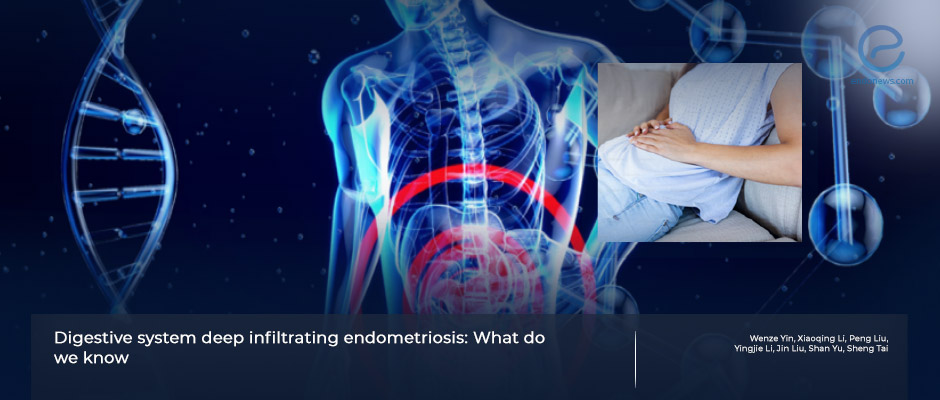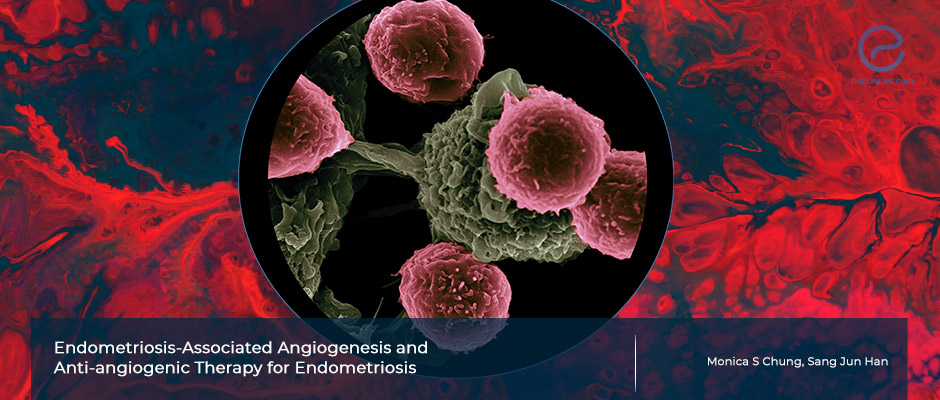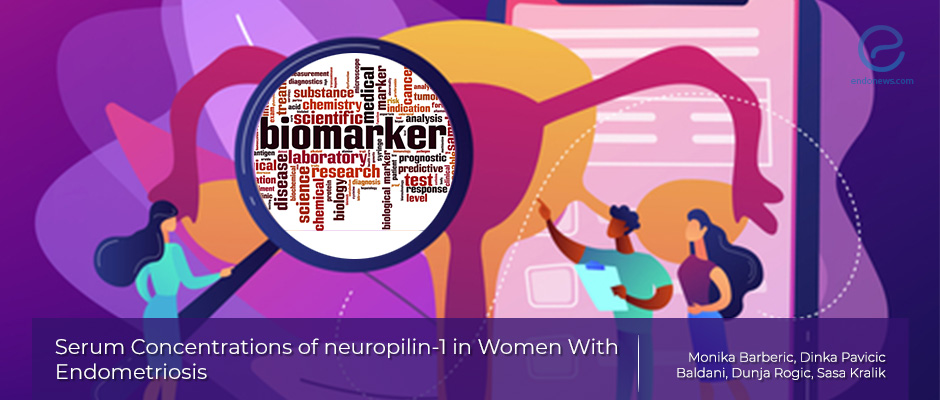A synopsis of deep infiltrating endometriosis of the digestive system
The gastrointestinal tract is one of the most common locations of extrapelvic endometriosis. Its infiltrative counterpart exhibits more aggressive behavior and often needs to be distinguished from malignancies clinically. Yin et al. from Harbin, China reviewed the latest findings regarding…
Key Points Lay SummaryUnraveling the Role of Vascularization in Deep Endometriosis
The systematic review by Simon G. Powell published in the journal Cells, analyzed 15 studies including 1125 women with deep infiltrative endometriosis up to March 2023 in several databases and found that angiogenesis plays a crucial role in the growth…
Key Points Lay SummaryDoes inhibiting the formation of the new blood vessels aid in endometriosis treatment?
Current treatment modalities for endometriosis include a hormonal alteration which has many side effects and surgical removal which has a high postoperative recurrence rate. Alternative non-hormonal treatment methods have been investigated and anti-angiogenic therapy is one of them. Dr.s Chung…
Key Points Lay SummaryThe underlying reason of implantation failure in women with endometriosis-associated infertility
Endometriosis is most frequently encountered in reproductive-aged women, with a prevalence of 10-15% in the general population. However, endometriosis is more frequently diagnosed in infertile women, with a prevalence of 25-40%. Although the exact mechanism explaining the association between endometriosis…
Key Points Lay SummaryThe relationship of serum concentrations of neuropilin-1 (NRP-1) and endometriosis
Although many serum biomarkers or biomarker panels for endometriosis are evaluated, none of them is exact enough to be used in daily laboratory practice. In a recent study, which has been published in Scandinavian Journal Of Clinical and Laboratory Investigation, Barberic…
Key Points Lay SummaryAnalogous pathways of peritoneal tumor wound healing and endometriosis.
Endometriosis, diagnosed around 10-15% of women population in their reproductive period, is a chronically progressive inflammatory disease to cause peritoneal lesions while spreading into the abdominal cavity. The pathophysiology of the adhesions between the peritoneum and pelvic organs can be…
Key Points Lay SummaryAnti-angiogenic treatment for endometriosis
Endometriosis is a benign, estrogen-dependent gynecological disorder. The wide variety of surgical and medical treatment has been applied for treating endometriosis, but a definitive therapy has not been achieved so far. Thus, new therapeutic strategies need to be developed. Among…
Key Points Lay SummaryTargeted therapy biomarkers in endometriosis associated ovarian carcinomas
Endometriosis in ovaries is a known precursor of endometrioid and clear cell carcinomas. They may be resistant to classical therapies. Researchers search for alternative and targeted therapy options. This study, from the University of Campinas, Campinas, São Paulo, Brazil, will be…
Key Points Lay SummaryA Better Way to Diagnose Endometriosis?
Three proteins found in the blood and endometrial tissues could be used to determine the stage of endometriosis and the severity of painful periods according to a study published in the journal Current Medical Science. Evaluating the levels of these…
Key Points Lay SummaryInvestigational Medical Therapies for Endometriosis: Current Data and Future Trends.
The medical treatment of endometriosis has traditionally relied on hormonal therapies. Because these hormonal therapies preclude fertility or may have unwanted side effects, there is a great need for novel hormonal and non-hormonal medical options. Therefore, this review focuses on…
Key Points Lay SummaryHigh-Mobility Group Box 1 Expression Could Lead to Disease Progression
Endometriosis can often be characterized by the aberrant ectopic growth of endometriotic stromal cells (ESCs); however, research has yet to elucidate the mechanism driving this growth. The authors of this study, namely Shimizu et al., believe that the high-mobility group…
Key Points Lay SummaryThe Potential Molecular Mechanisms that Drive Endometriosis Progression
Endometriosis is a mysterious disease in that the exact mechanism that causes the illness is still at large. Yang et al. recently published a paper in the European Review for Medical and Pharmacological Sciences that hopes to elucidate the molecular…
Key Points Lay Summary
 By Eylül GÜN
By Eylül GÜN

 By Bahar Yuksel
By Bahar Yuksel


 By Hale Goksever Celik
By Hale Goksever Celik

 By Irem Onur
By Irem Onur

 By Selma Oransay
By Selma Oransay

 By Dr. Youngran Park
By Dr. Youngran Park

 By Serdar Balci
By Serdar Balci

 By Özge Özkaya
By Özge Özkaya


 By Kasthuri Nair
By Kasthuri Nair
